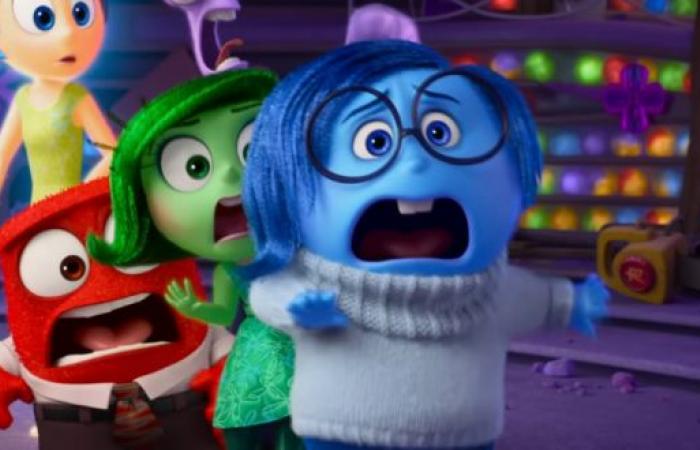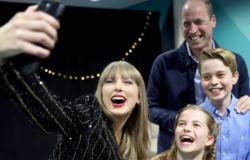For almost thirty years, with the premiere of the first “Toy Story” (1995), the animation studio Pixar questioned what, until then, we understood as “family cinema.” From then on, one film after another, the talents of this production company have managed to keep us attentive to each of their releases. This long relationship between audience and creative teams has been sustained in the consistent quality of its film production and also in its delicate way of delving into the complexities of the human being. Pixar films can be seen by audiences of all ages, but it is clear that children and adults are going to value the proposal presented to us differently.
As a film enthusiast and also as someone who has made a long and hard-working journey of self-knowledge through books and therapy, I must recognize that – in my process – there are Pixar films that have been fundamental in achieving what health professionals mental call Insight. That moment of revelation when – as we would say colloquially – “we hit the nail on the head” or “the chip falls on us.” The acquisition of new knowledge regarding one’s own interiority is usually accompanied by images that, in many cases, Pixar films have been generous in sharing. Films like “Ratatoille”, “Up” or “Soul” have been deeply significant for understanding personal processes, but I have a special place for “Intensely” which, when it premiered in 2015, gave me some precise keys to understanding the role of emotions in our behavior and understand my own resistance to sadness. To make this film, the team of filmmakers had the advice of psychology professor Dacher Keltner – from the University of California, an expert in the study of emotions – and although not all the details of the way in which the construction is presented of memory and attitudinal links are completely accurate, the film was celebrated for graphically and friendly bringing together some central concepts of neuroscience and positive psychology.
For this reason, I had high expectations when facing this second part of Riley’s story and seeing how the Pixar artists were going to face the protagonist’s entry into adolescence with all the emotional chaos that this stage usually implies. In “Inside Out 2,” Riley is now 13 years old and burdened with the weight of expectations of entering high school and being everything she believes is expected of her. In the internal operations center, the five emotions that we already know – Joy, Sadness, Fear, Disgust and Anger – move comfortably in the face of these challenges until, from one moment to the next, the puberty alarm is activated and they see how Your space is invaded by new emotions. Anxiety, Envy, Ennui (boredom) and Shame arrive to complicate Riley’s emotional world in, what is understood, as a key moment in her life: a weekend in which she must say goodbye to her old friends and try to enter the high school hockey team.
The tension between leaving childhood and constructing adolescent identity is illustrated in the film with a type of tree that is installed in the middle of the operations center and that embodies Riley’s “Sense of Self,” built from the beliefs that the protagonist is acquired in each significant experience. The old and new emotions will debate which of those beliefs are most efficient when it comes to accompanying the protagonist in this new scenario and that is where the chaos begins.
As in the previous film, here we understand that each emotion is necessary to overcome the challenges of living, but also how the loss of balance between them can generate damage. The prominence of Anxiety – an especially relevant emotion in an uncertain world that, at the same time, makes us believe that everything is instantaneous and controllable – shows how our obsession with planning and preparing for the worst can prevent us from embracing the possibilities of the present. The stories we tell ourselves about others and ourselves are defining in the way we occupy – or not – a place in the world.
In addition to giving us an hour and a half of a great visual story, putting – as Pixar usually does – the most advanced animation technology and the talent of some of the most talented artists in the area at the service of a transcendent human story, “Intensely 2” invites us to embrace the mess that we are, to be compassionate with ourselves and those around us, reminding us that internal chaos is something we always struggle with. Sometimes we achieve harmony, sometimes we don’t, and there we continue fighting a fight that has its own challenges in every moment of life. How nice to feel accompanied by this story and to leave the cinema moved and shocked by our own complexity.






